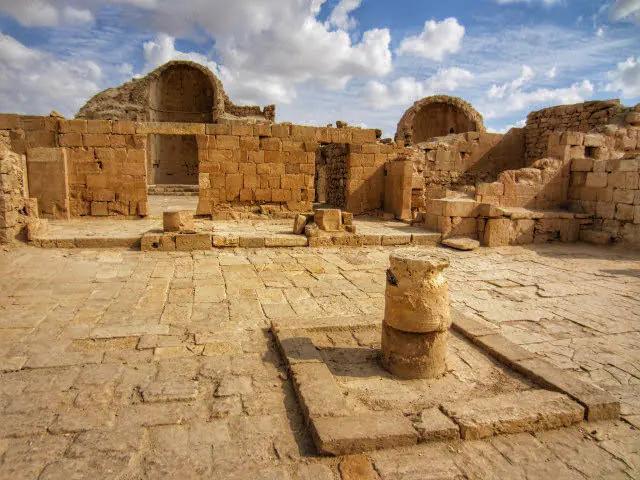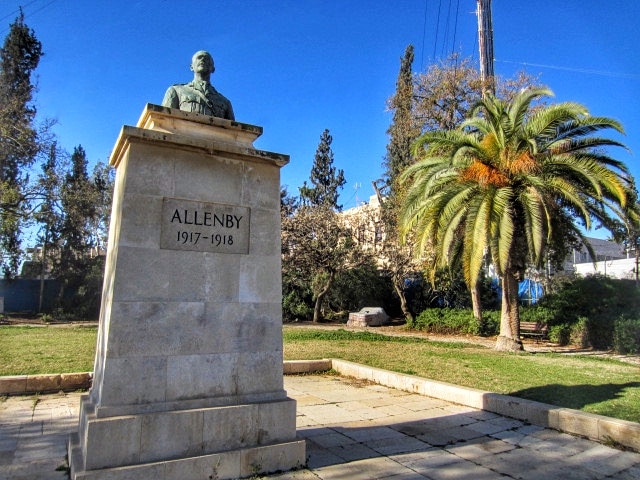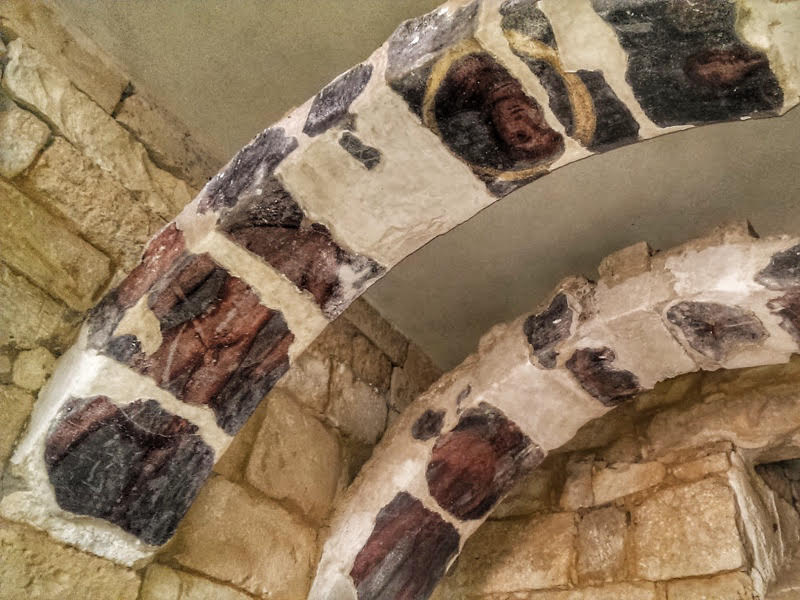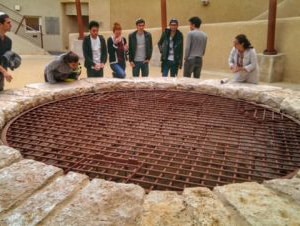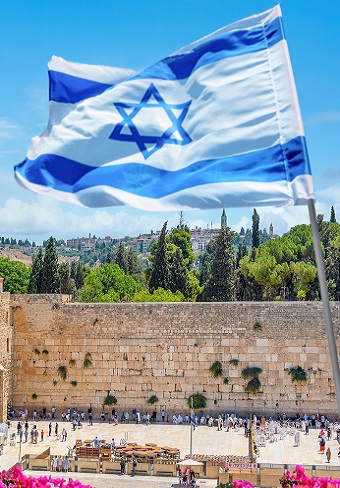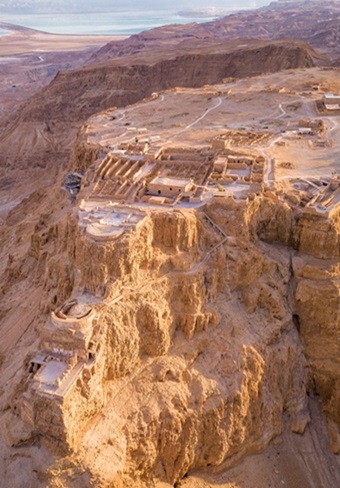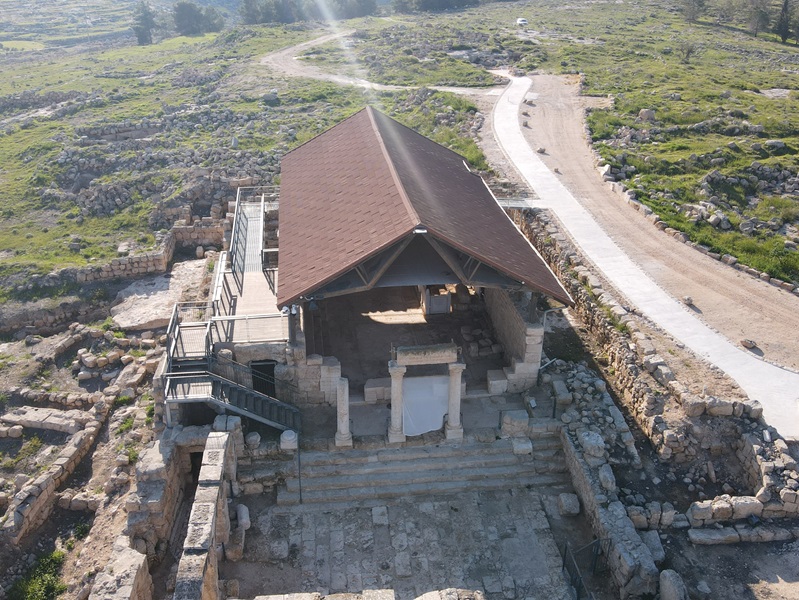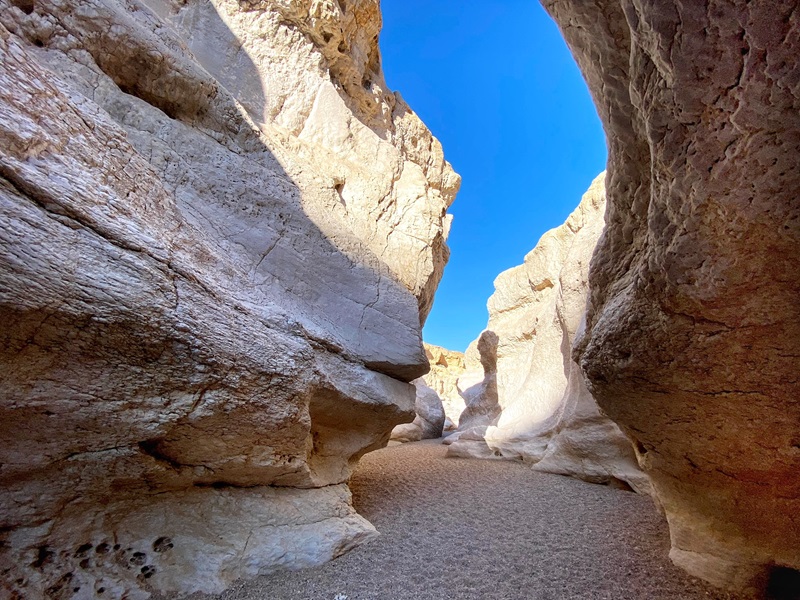Horvat Katsrah

Set on a remote hilltop along the ‘Incense Route’, Horvat Kastrah (also spelled: Khirbet Qasra), was a fortified station along the important trade route. It monitored the pass from Wadi Katsrah to Wadi Nekarot, between Moa and Metsad Nekarot. The site, which stands at the end of a steep ascent, is well preserved. It has a square shape, and some of its walls reach the height of 5 feet. Near it is ‘Bir Qasrah’, a water reservoir that still collects water.
The Incense Route and the Negev
The ‘Incense Route’ was a network of ancient roads that enabled transferring precious spices and perfumes across the Arabian Peninsula to the Mediterranean coast. The full length and exact path of the Incense Route is still not fully known. It began somewhere in Yemen, passed through Mecca, Medina, Petra, and ended in the ports of Gaza and El-Arish. The path from Petra to the Mediterranean coast is better documented. It passed the Aravah and the traversed through the heart of the Negev, including a difficult cross of the Ramon Crater. Today, the route and its related archaeological sites are UNESCO World Heritage Sites.
Touring Horvat Katsrah
A visit to the site can be combined with an off-rad day tour along the ‘Incense Route’.
